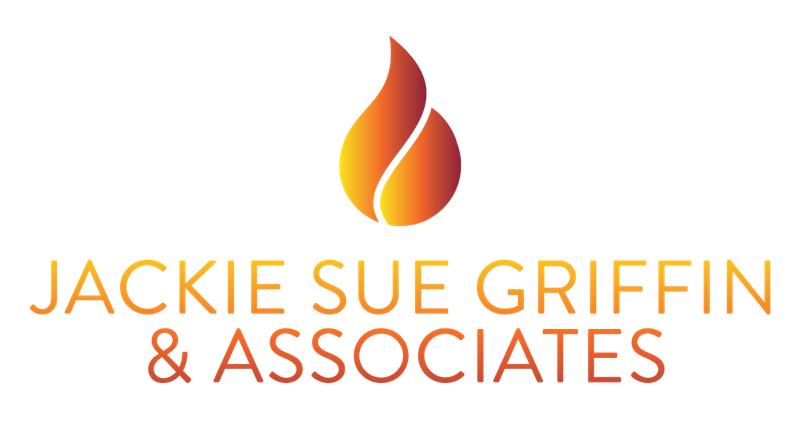13 Jan Making the Workplace Safe After COVID-19

By Tiffany Rucker, MBA
No matter the sector, COVID-19 has forced every employer — and their employees — to revise day-to-day business operations in some way. This is no less true for the nonprofit sector, where the addition of clients or beneficiaries and volunteers has complicated the question of how to continue to provide services — and ensure for the organization’s continued sustainability through fundraising.
But let’s concentrate solely on the HR side of the equation here and look forward to the time when our entire team — not just our essential workers — can return to the office.
While the world’s leading scientists and physicians work to eradicate the virus, it will be HR’s job to draft new policies and procedures to accommodate what could be a long-term global conflict and address post-pandemic health and safety concerns.
Here are a few questions HR and executive leadership need to think through:
- No one wants to bring COVID-19 home from the office to their families or loved ones. And as employees have been familiar and more comfortable working from home for extended periods, it may be a bit difficult to convince them to return to the office. In addition to being a health concern, COVID-19 is becoming an employee retention issue. So, will working from home become a permanent option for some or all of your employees? How will you write new policy that is both fair to employees and efficacious for your nonprofit?
- Prior to COVID-19, would your employees have felt that your organizational attendance policies were so strict that they’d go to work sick for fear of missing hours or a formal write up? Now, when it’s become mandatory that anyone feeling ill or presenting possible symptoms stay home, will your nonprofit have clear and well communicated sick leave and policies?
- How will your organization continue to provide that service or function? What will it take to cover that person’s tasks and responsibilities? How long will it take to bring a substitute up to speed on the necessary tasks and tools at hand (have they been crossed train in this function already)? And what if you need to send an entire team or department home from the office while individuals are tested for the virus?
- The CDC recommends reducing contact with people as often as possible. This may prove to be extremely difficult for small teams who typically sit near each other. What changes to physical workspaces and stations can you make to help your team — and those they serve — feel safe in your environment?
- New cleaning guidelines also call for more frequent sanitizing. A nonprofit with high foot traffic may have a hard time staying compliant. Will that mean employees devoting work time to cleaning and disinfecting? Or will you hire additional cleaning staff? There are pros, cons and trade-offs to both scenarios.
These are real-life scenarios that could happen — and that you need to have answers to before your team returns to the office. Many things will need to change as we all learn to work together for the common goal of health and safety as we continue to work toward our nonprofit’s vision and mission.
Here at JSG & Associates, we support the passionate leaders who make nonprofits successful. For more information about us, visit our website.
Stay up-to-date: Follow us on Facebook, Twitter, LinkedIn and subscribe to our monthly newsletter now.

Tiffany Rucker, MBA, is a small business and financial literacy coach as well as wife, mom and special needs advocate. She is a contributor to JSG & Associates and lives in Tampa, Fla.

No Comments